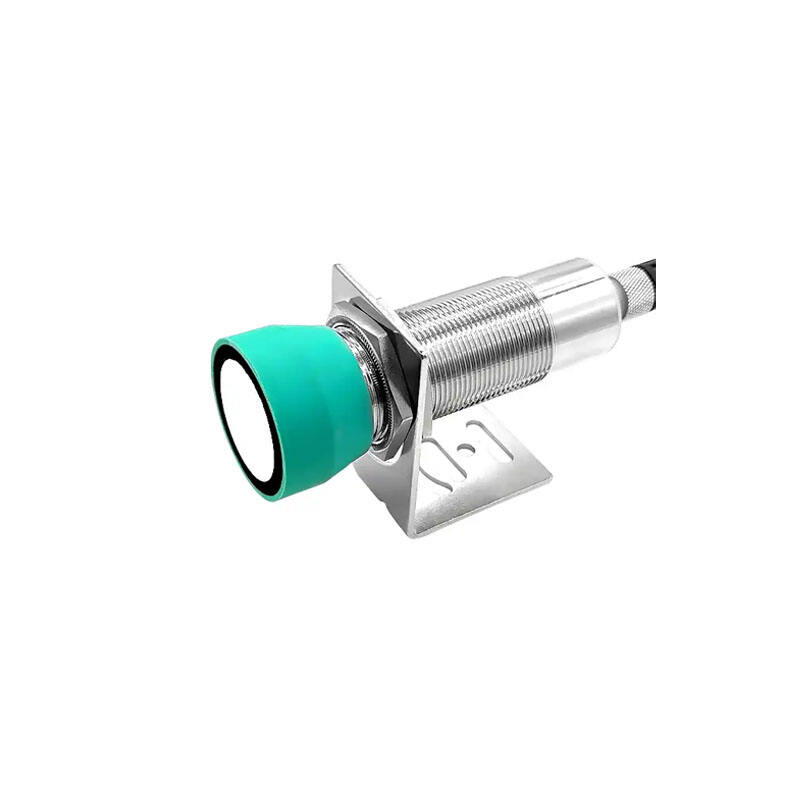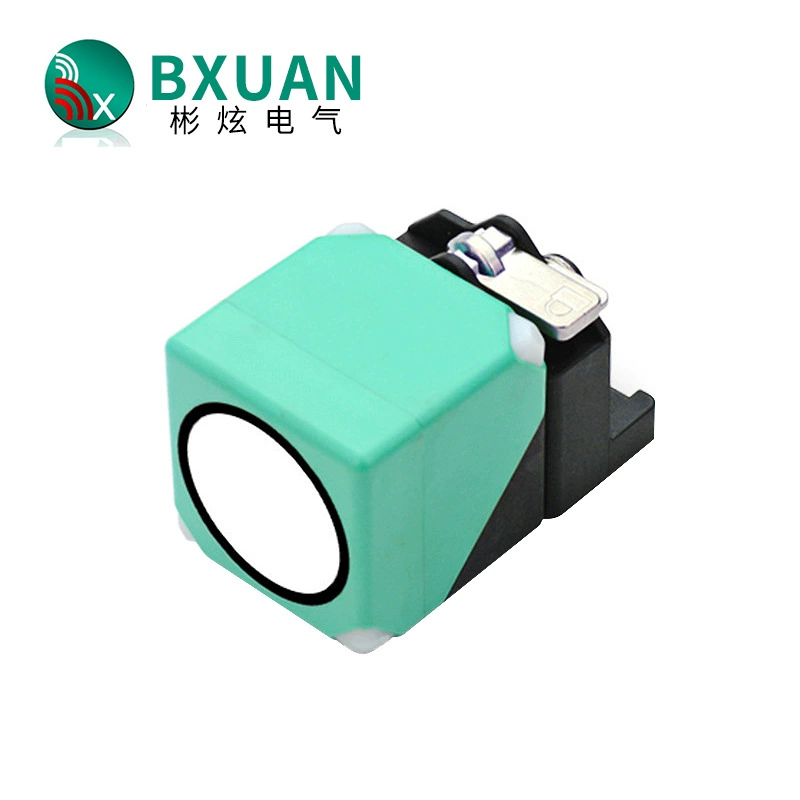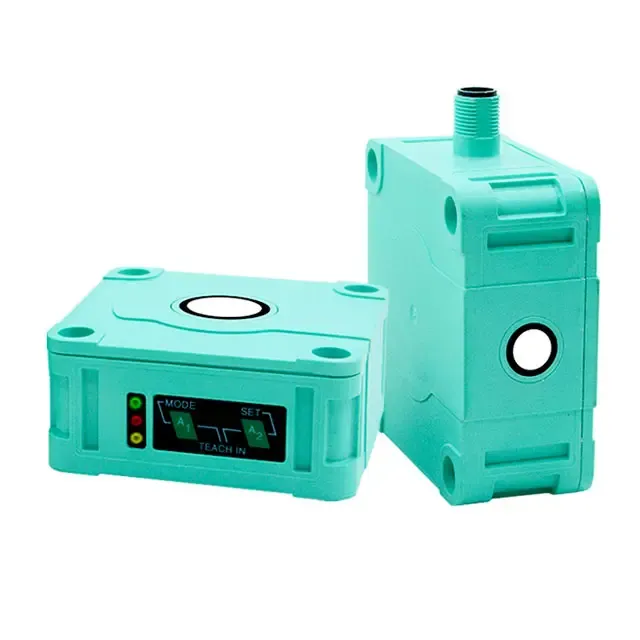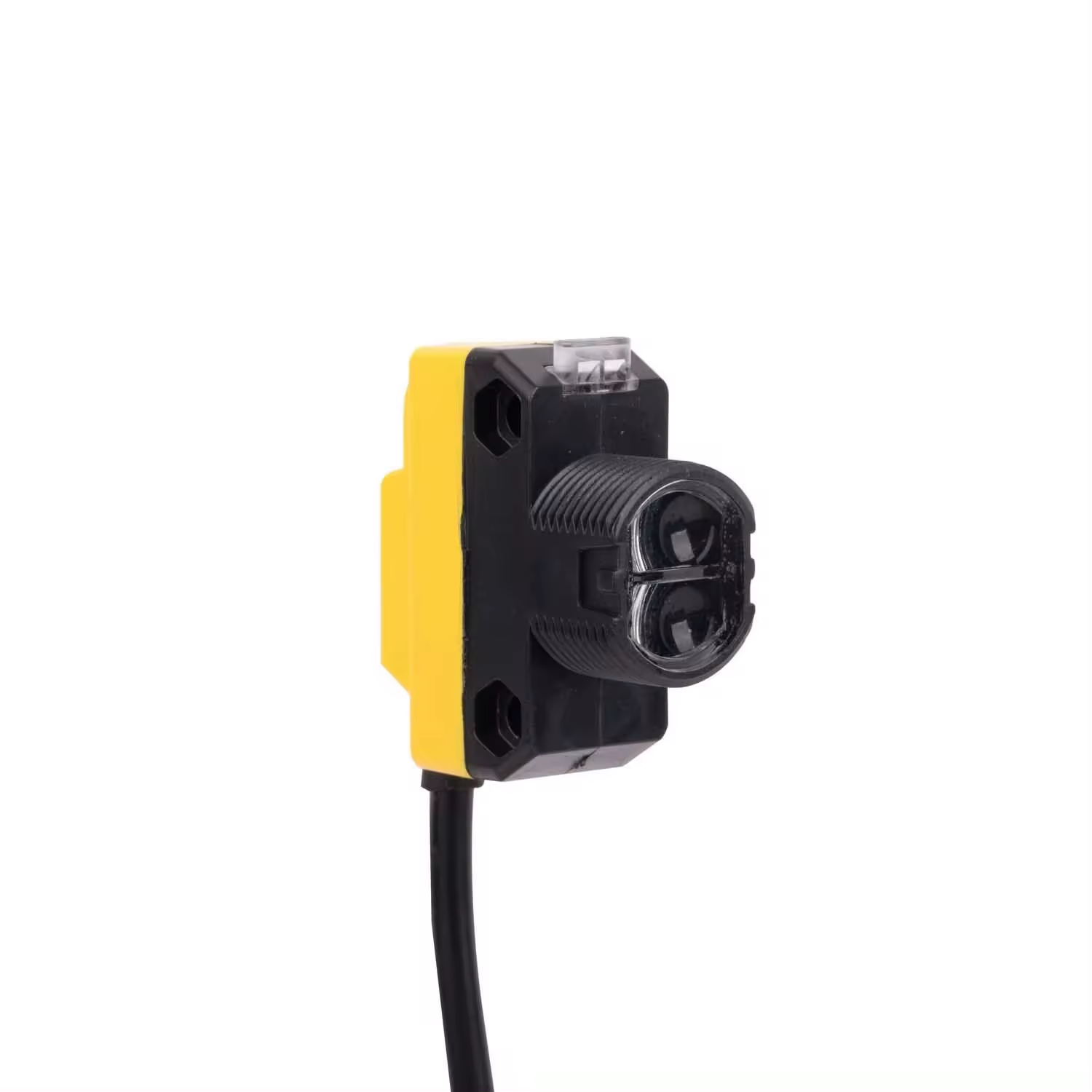fotosensor funktion
En fotonkänslig sensor, även känd som en fotoelektrisk sensor eller fotocell, är en sofistikerad elektronisk komponent som upptäcker och reagerar på förändringar i ljusintensitet. Det grundläggande arbetsprincipen innebär omvandling av ljusenergi till elektriska signaler genom fotoelektriska effekter. Dessa enheter består vanligtvis av en ljuskälla, typiskt en lysdiod (LED) eller laser, och en mottagare som fångar reflekterade eller avbrutna ljusstrålar. När ljus träffar den ljuskänsliga ytan genereras elektron-hål-par, vilket skapar en elektrisk ström proportionell mot ljusintensiteten. Moderna fotonkänsliga sensorer innehåller avancerade funktioner såsom justerbar känslighet, digital filtrering och olika detekteringslägen inklusive genomstrålnings-, retroreflektions- och diffusdetektering. De kan arbeta över olika ljusspektra, från synligt ljus till infrarött, vilket gör dem mångsidiga för olika tillämpningar. I industriella miljöer utmärker sig fotonkänsliga sensorer inom objektdetektering, räkning, positionering och kvalitetskontroll. De är integrerade i automatiserade tillverkningslinjer, säkerhetssystem och konsumentelektronik. Tekniken har utvecklats för att inkludera smarta funktioner såsom självdiagnostik, temperaturkompensation och digitala kommunikationsprotokoll, vilket säkerställer tillförlitlig drift i svåra miljöer.









